George Hartley Bryan9781177254113, 1177254115
The earlier chapters of the text are devoted to an elementary exposition of the theory of Galois Fields chiefly in their abstract form. The conception of an abstraot field is introduced by means of the simplest example, that of the classes of residues with respect to a prime modulus. For any prime number p and positive integer n, there exists one and but one Galois Field of order pn. In view of the theorem of Moore that every finite field may be represented as a Galois Field, our investigations acquire complete generality when we take as basis the general Galois Field. It was found to be impracticable to attempt to indicate the sources of the individual theorems and conceptions of the theory. Aside from the independent discovery of theorems by different writers and a general lack of reference to earlier papers, the later writers have given wide generalizations of the results of earlier investigators. The second part of the book is intended to give an elementary exposition of the more important results concerning linear groups in a Galois Field. The linear groups investigated by Galois, Jordan and Serret were defined for the field of integers taken modulo p and the general Galois Field enters only incidentally in their investigations. The linear fractional group in a general Galois Field was partially investigated by Mathieu, and exhaustively by Moore, Burnside and Wiman. The work of Moore first emphasized the importance of employing in group problems the general Galois Field in place of the special field of integers, the results being almost as simple and the investigations no more complicated. In this way the systems of linear groups studied by Jordan have all be generalized by the author and in the investigation of new systems the Galois Jb’ield has been employed ab initio. | |
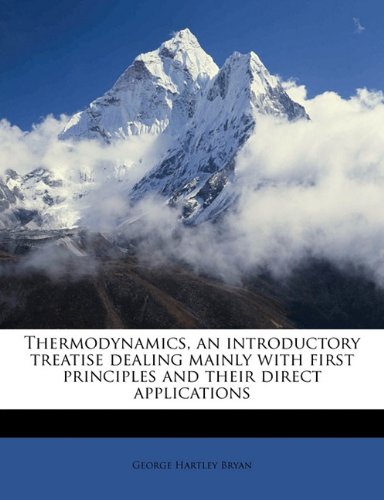
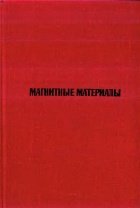


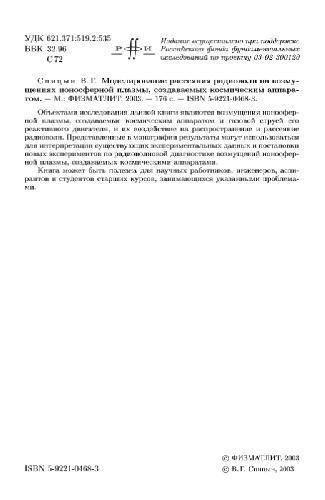
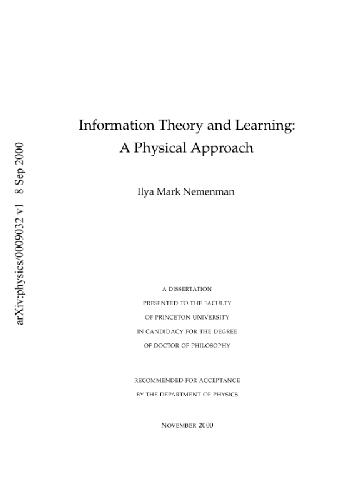
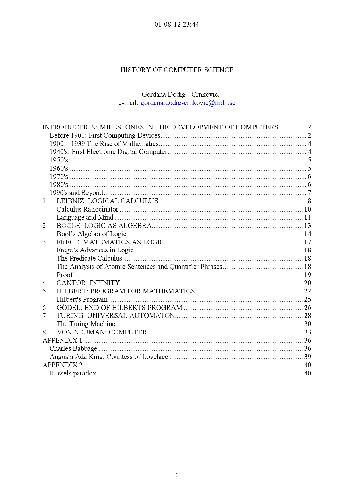
Reviews
There are no reviews yet.